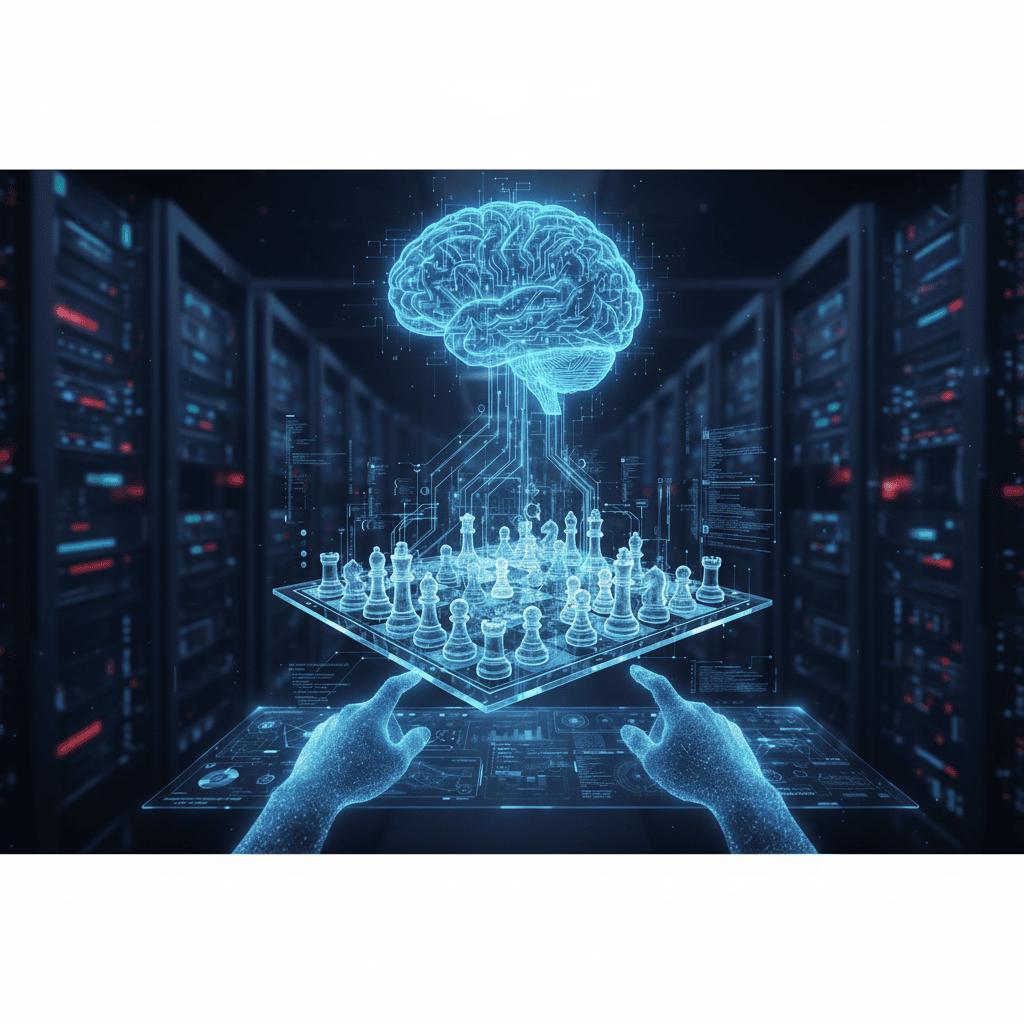In a new study, researchers at Google DeepMind have created an AI system capable of generating creative chess puzzles, some of which impressed experts in chess compositions.
The 75-page study titled “Generative Chess Puzzles,” was led by Google’s DeepMind and assisted by the University of Oxford and Mila (University of Montreal). It investigates whether AI can demonstrate a genuine sense of creativity in chess, producing puzzles that are aesthetically pleasing, surprising, and counterintuitive, rather than merely mechanical combinations.
“While Generative AI rapidly advances in various domains, generating truly creative, aesthetic, and counterintuitive outputs remains a challenge,” the authors write.
The AI system was trained on four million puzzles from Lichess, using large neural networks. The models were later refined using reinforcement learning, with a reward function designed to favor puzzles that were both unique (requiring only one winning move) and counterintuitive (solvable by strong engines but not weak ones).
A selection of puzzles was presented and reviewed by a team of renowned experts: GM Matthew Sadler, GM Jonathan Levitt, and FM Amatzia Avni (IM in chess compositions). Their separate 39-page conclusion is also available.
The panel was asked to select their favorite puzzles and explain what made them appealing, considering factors such as creativity, challenge level, and aesthetic design.
Opinions among the experts varied, particularly on how to define a compelling puzzle, but their feedback was generally positive. They also pointed out some criticism, in particular, positions that were too trivial or unrealistic.
Levitt described the project as a “pioneering step,” saying: “This nature of collaboration is evolving, with AInow capable of generating interesting chess positions, beyond just ‘mining’ databases. The positions in this booklet represent a pioneering step in this human-AI partnership. While these initial AI-generated endgame compositions are not yet at a prize-winning level, they clearly demonstrate the potential to be.”
While these initial AI-generated endgame compositions are not yet at a prize-winning level, they clearly demonstrate the potential to be.
—Jonathan Levitt
One puzzle that impressed all experts was this one, with White to move.
The winning move was described as “unorthodox” by all experts, and “by no means natural” or featuring an “obvious sacrifice.” The move starts the attack by giving up both rooks at once.
“The puzzle is paradoxical as the solution involves sacrificing both very active rooks to prepare the slow repositioning and infiltration of the misplaced queen on a7. Further, the combinations are geometric and involve participation of pieces from both flanks. They are difficult to find even for a strong player,” the study says.
The following puzzle was highlighted by Avni.
Levitt’s example is one that could’ve been from a real game.
Sadler highlighted a puzzle with a theme he has not seen before. “The key to the position is extremely nice. Within a couple of moves, a combination of themes was achieved which leaves a very elegant impression,” he said.
DeepMind concluded that the project marks a significant milestone in AI creativity.
“Our work demonstrates a significant advancement in the AI-driven generation of creative chess puzzles,” the authors wrote. “The positions represent a pioneering step toward human–AI partnership in chess composition. The experts found them beautiful, counterintuitive, and original—proof that creativity and beauty in chess remain deeply subjective.”
